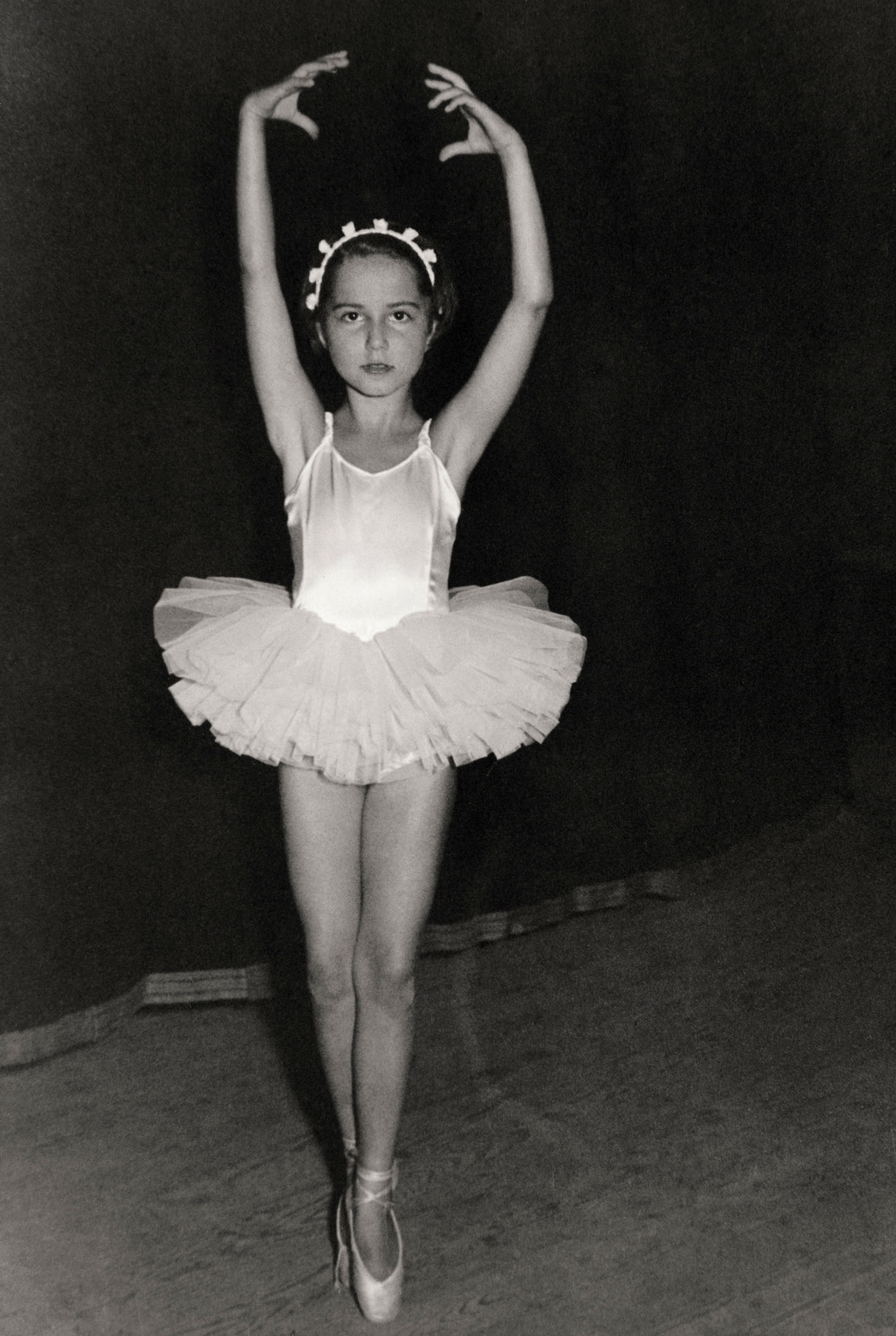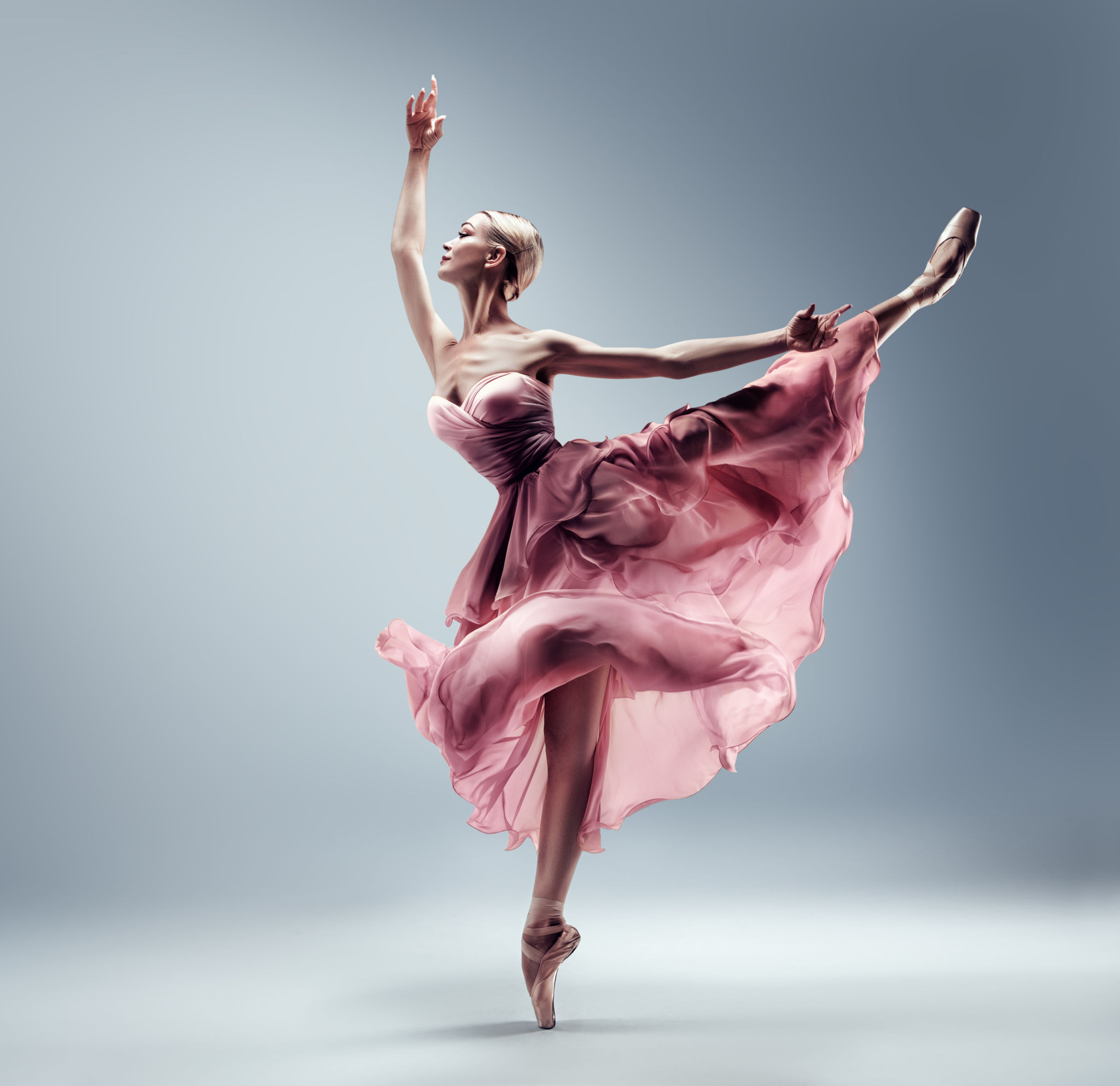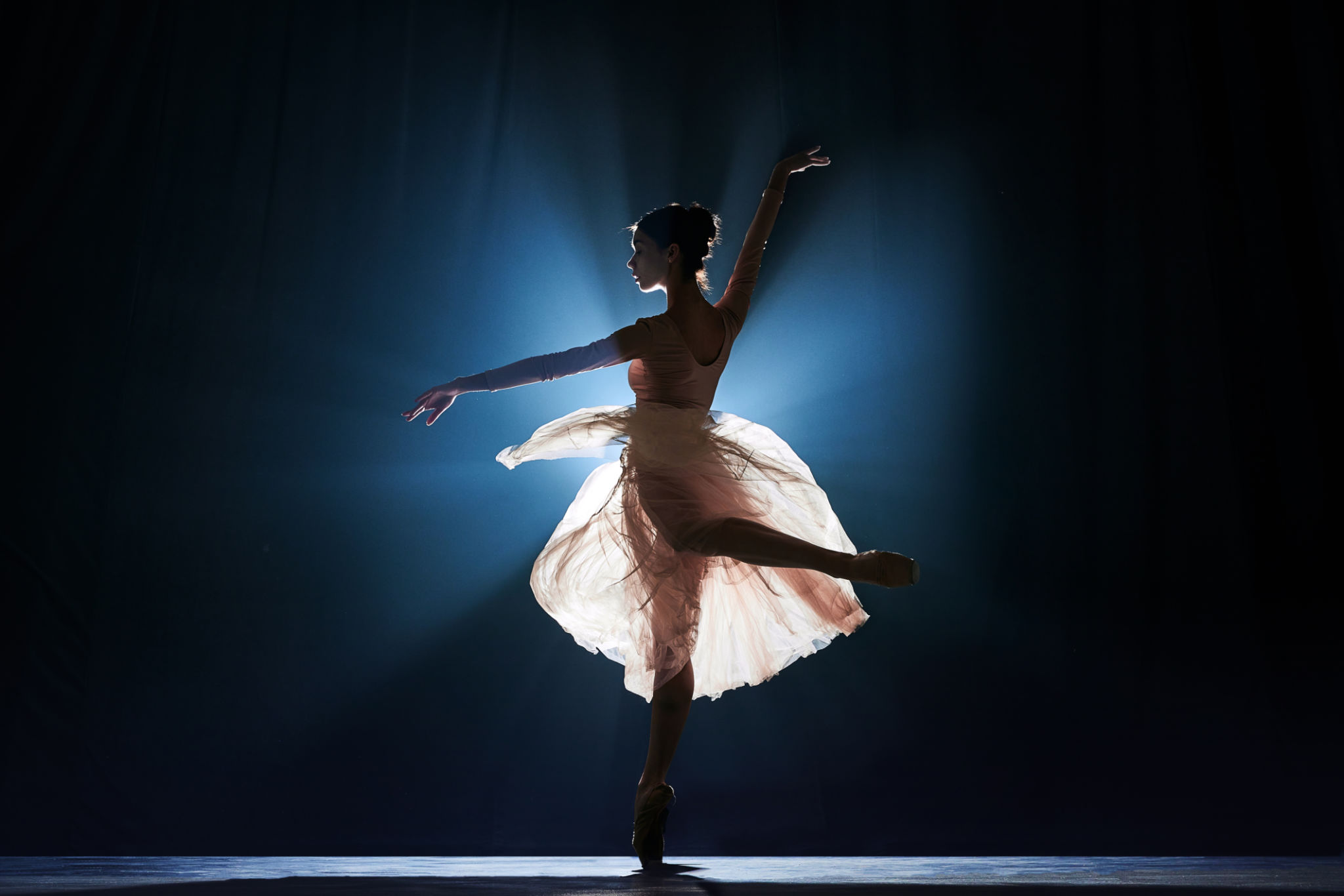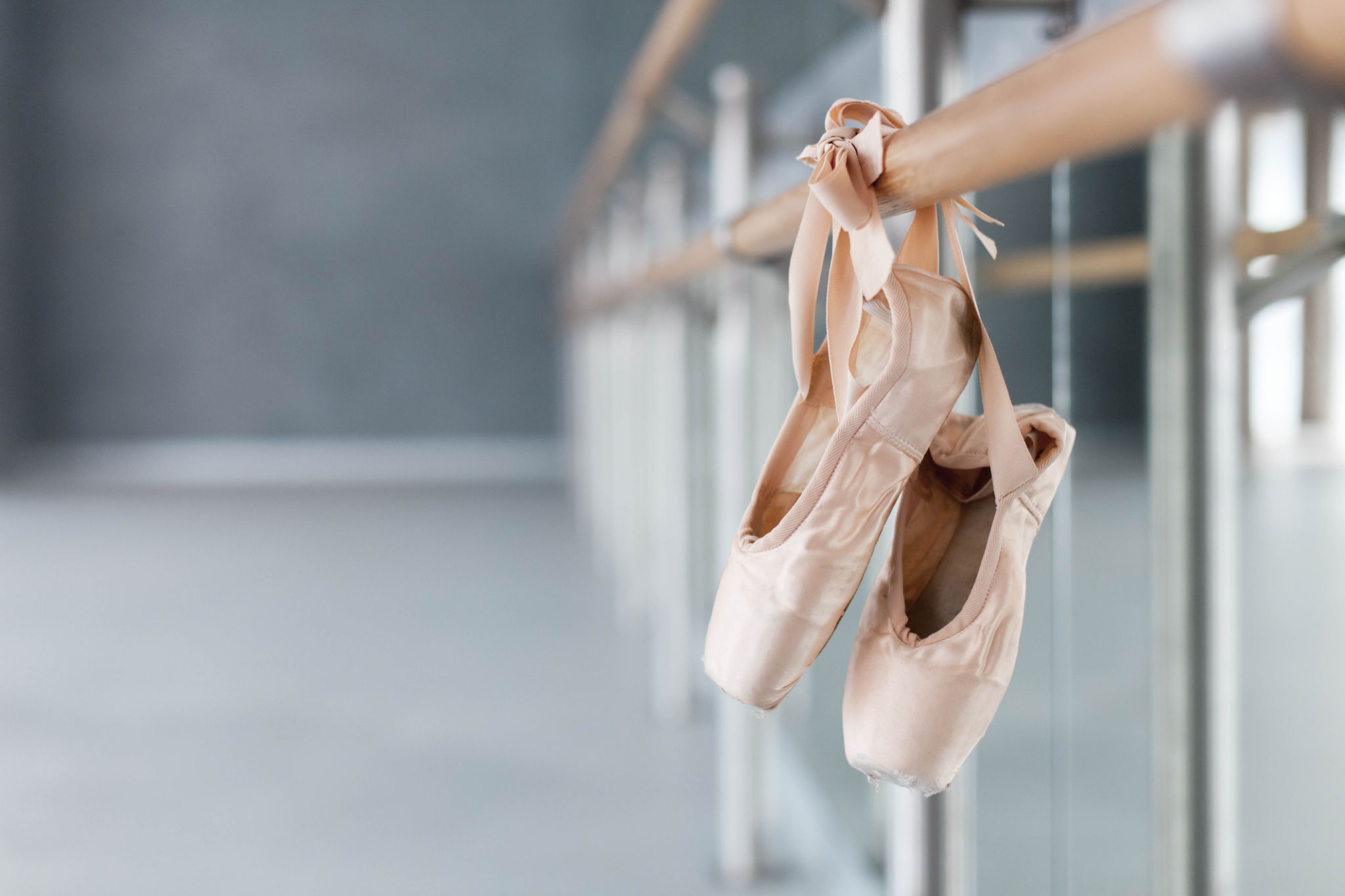The Evolution of Ballet Fashion: From Classic to Contemporary
The Origins of Ballet Fashion
In the early days of ballet, the focus was primarily on the storytelling rather than the costumes. Dancers wore elaborate costumes that echoed the grandeur of the courts where these performances were staged. Female dancers donned floor-length dresses, while male dancers wore opulent coats and breeches, all adorned with intricate embroidery and lace.
The importance of movement soon became apparent, and ballet fashion began to evolve. The introduction of shorter skirts allowed for greater freedom of movement and highlighted the dancers' graceful lines. This shift marked the beginning of a new era in ballet fashion, one that prioritized both form and function.

The Romantic Era: Tulle and Tiaras
The Romantic era of ballet brought about a significant transformation in costume design. This period saw the introduction of the romantic tutu, a bell-shaped skirt made from delicate layers of tulle, which became synonymous with ballet. The romantic tutu allowed dancers to move freely while maintaining an ethereal appearance, perfect for the otherworldly themes of Romantic ballets like "Giselle" and "La Sylphide."
During this time, tiaras and floral headpieces also became popular, enhancing the ethereal and fairy-like quality of the dancers. These elements added a touch of whimsy and elegance to the performances, capturing the imagination of audiences worldwide.

The Classical Tutu: A Timeless Icon
The late 19th century marked the advent of the classical tutu, a shorter and stiffer version of its Romantic predecessor. Designed to showcase intricate footwork and impeccable technique, the classical tutu became a staple in productions like "The Nutcracker" and "Swan Lake." This design remains a defining feature of ballet costumes to this day.
With its structured shape and intricate embellishments, the classical tutu continues to symbolize the precision and discipline required in ballet. Despite its rigidity, it allows for a full range of movement, making it both practical and visually stunning.

Modern Innovations in Ballet Costuming
As ballet continued to evolve, so too did its fashion. The 20th century saw a departure from traditional designs as choreographers and costume designers experimented with new materials and styles. Influenced by modern dance, contemporary ballets began incorporating sleek, minimalist costumes made from stretch fabrics that allowed for even greater freedom of movement.
Today, ballet fashion is a fusion of classic and contemporary elements. Designers often draw inspiration from various art forms, incorporating bold colors, asymmetrical designs, and unconventional fabrics into their creations. This blending of styles reflects the ever-changing landscape of ballet itself.

The Role of Technology in Ballet Fashion
In recent years, technology has played a significant role in revolutionizing ballet fashion. Advanced materials like moisture-wicking fabrics and 3D-printed elements offer dancers enhanced comfort and durability. These innovations not only improve performance but also allow for greater creativity in costume design.
Moreover, digital technology enables designers to create intricate patterns and textures that were once unimaginable. This technological advancement continues to push the boundaries of what's possible in ballet fashion, ensuring that it remains an exciting and dynamic field.
The Future of Ballet Fashion
As ballet continues to captivate audiences worldwide, its fashion will undoubtedly continue to evolve. The future promises even more innovative designs that challenge traditional norms while honoring the art form's rich history. With an increasing emphasis on sustainability, we can expect to see eco-friendly materials making their way into costume design.
Ultimately, ballet fashion will continue to reflect the artistry and athleticism of its performers, inspiring both dancers and audiences alike with its beauty and ingenuity.